HOSA: Health Occupation Students of America
Often one does not discover one’s passion until after high school, typically in college. At our school, however, there is a new haven for those set on entering the complex and captivating world of medicine: HOSA (Health Occupation Students of America). Senior and HOSA President Danielle Rebullida has been working closely with science teacher, Jennifer Titus, in making what was a club, a class. With persistent advertisement and consistent involvement in the community, Rebullida, as well as HOSA members, are excited for this pilot year and the opportunities to come.
For many students, the thought of choosing a career seems like a distant decision — there are so many career paths to choose from and so few ways to explore and experience them in high school. For a select few, however, there is a class here to introduce them into the health and technical fields. It’s called Health Occupation Students of America (HOSA), and their precise mission statement explains it all:
“The mission of HOSA is to enhance the delivery of compassionate, quality healthcare by providing opportunities for knowledge, skill and leadership development of all health, science, technology education students, therefore, helping students to meet the needs of the healthcare community.”
HOSA has been a part of our campus as a club for the past ten years, and it was finally instated as a class this year after persistent promotion from some of the club’s members. HOSA’s advisor, Jennifer Titus, stresses the value of having such a class on campus and the struggle they went through to try and include the class in our curriculum for multiple years. She comments on the importance of the student-led aspect of the organization, and how the persistent advocacy from current and past members assisted in the implementation of the class in this year’s curriculum.
“HOSA started back in 2006 with a very small group of about five students who were interested in becoming future health professionals, and it has grown since then to where we are today. They really realized how important it was to not just be in a club, but also be a part of their academic learning experience. It’s really our recent group, that we’ve had the last couple years, and a few this year, who took the reigns of it. I told them if this is what you want to do, then you guys have to promote it. They’re not going to listen to the teacher; they’re going to listen to the students who are a part of it,” said Titus.
HOSA is more than just an organization based on leadership and the learning of professional skills through instructional programming. The members also contend in competitive events at regional conventions throughout the year. HOSA President and senior Danielle Rebullida reflects on how these events function.
“There’s the Regional Leadership Conference, which is just people in region two of California, and that’s going to be held in Concord. Then [there’s] our State Leadership Conference, which is all the chapters in California… They meet and compete in various events like forensic science, biomedical debate, etc.,” said Rebullida.
As president, Danielle looks for opportunities to keep HOSA involved in the community — from fundraisers to an event they coined as, “HOSA week,” a spirited four days of educating students about HOSA through games and presentations. This allows for students who were unable to take the class due to scheduling issues to take part in the organization. Secretary and senior Sandy Yang speaks on how HOSA overcame the loss of past members who were unable to join this year’s class because of aforementioned problems.
“We lost a couple [former members of HOSA] because they’re very ambitious sophomores who wanted to take a bunch of AP classes, and HOSA just didn’t fit in their schedule. So if we can advertise this more and build HOSA, we can get more and more people and maybe add on more periods and more classes so it’d be more available to everyone,” said Yang.
While HOSA’s passionate students reveal there is a possibility of adding four or five sections of the class, the course remains in the developmental stage. Titus asserts that trying to bring too many factors into the class at once could yield more turmoil than triumph.
“It’s still in its sort of developmental years; so as it grows, it possibly could [expand] because there’s a lot of rigor and a lot of academic skills that go along with it. I didn’t want to try to take on too many things at once,” said Titus.
As most of the members of HOSA are career-driven, dedicated students, Titus also notes that one of the objectives of her role will be to make it a CSU and UC approved course, fulfilling requirements students would otherwise have to seek in other courses.
“I figured once we get the program started, then we can worry about seeing if it’s going to align with the UC, CSU a-g standards. They’re becoming more and more accepting of crtechnical education courses. I think once they see it, they would probably accept most of it. It’s also aligning to the new STEM and project lead, which is something that’s really hot right now in education,” said Titus.
And so, with the host of professions that can come out of studying the broad curriculum pertaining to healthcare, students are encouraged to look into not simply joining the HOSA class, but also in considering the possibilities that could couple an understanding of healthcare. There are doctors and nurses, dermatologists and pharmacists, therapists and optometrists; the possibilities are endless. So whether one is set on being a district attorney or a civil litigator, a teacher or a professor, exploring one’s interests now in HOSA can lead to a world of new ideas, chances, and dreams, all with the help of one class.


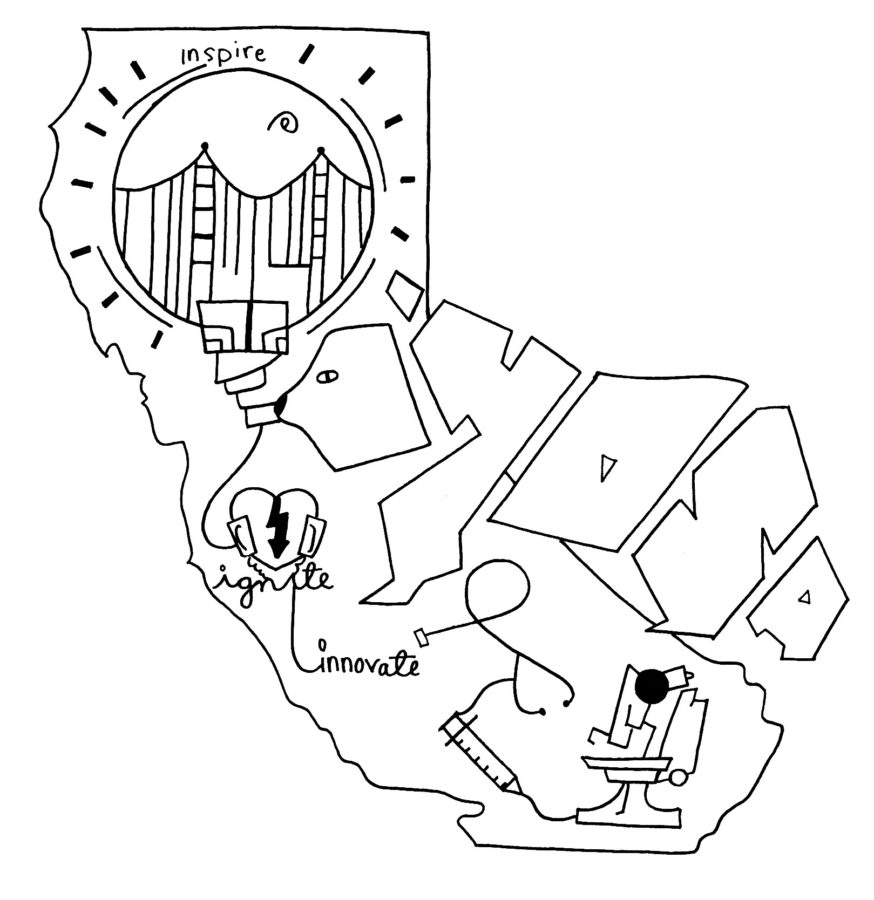


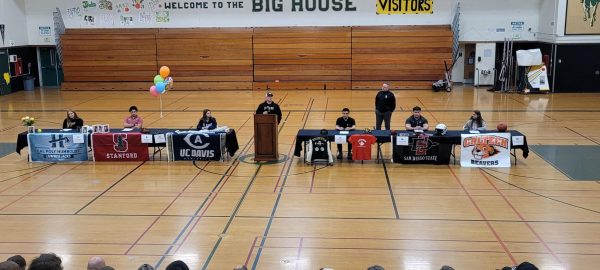

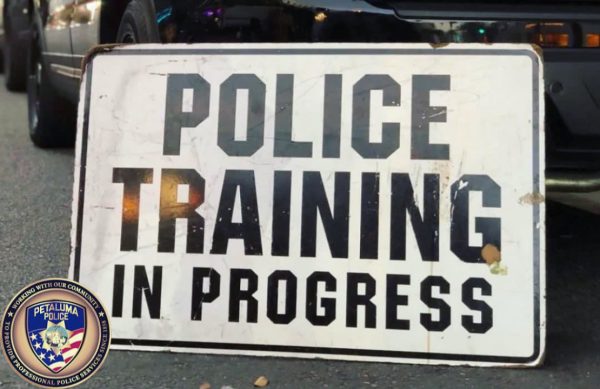




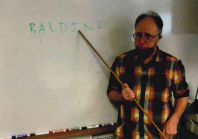
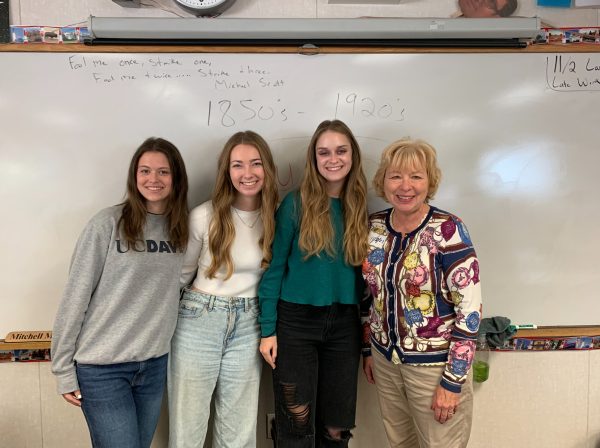
Marianne Rebullida • Apr 12, 2017 at 5:14 PM
Is there any chance that I can request a copy of the newspaper that featured the article on HOSA and my daughter, Danielle Rebullida? Much appreciated.
adviser • May 15, 2017 at 2:17 PM
Hi, your daughter can pick up a copy of the newspaper in most English classrooms, the library, or at the Journalism room in R-2. If there is anything else you need, feel free to email the editors-in-chief at [email protected]. Thank you!